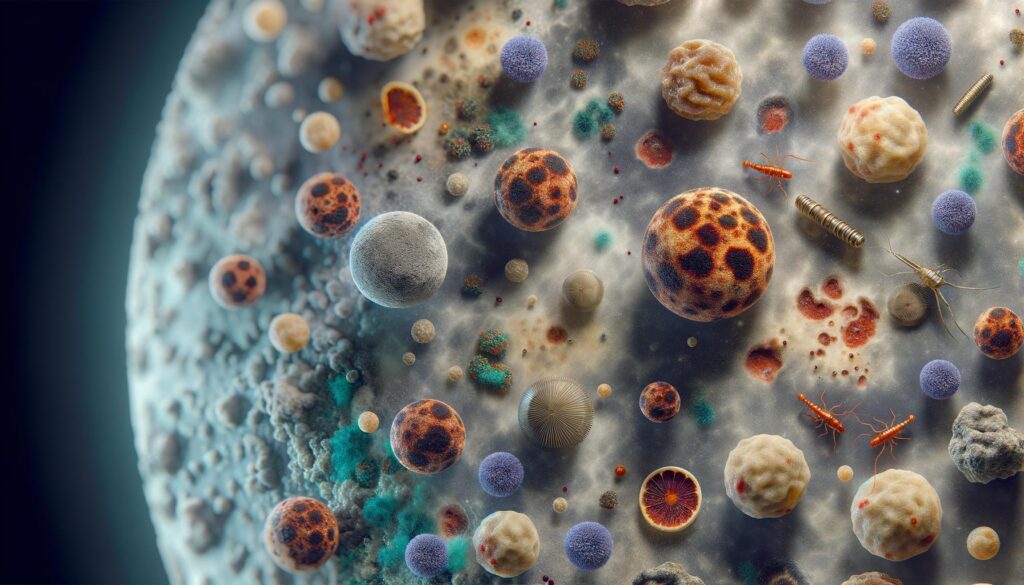Recognizing the Early Symptoms of Melanoma

Understanding the Nature of Melanoma
Melanoma is a form of skin cancer that develops in the melanocytes, the cells responsible for producing melanin, the pigment that gives skin its color. While it is less common than other types of skin cancer, it is known for being more dangerous if not caught in its early stages. Unlike more common skin cancers, melanoma has a higher tendency to spread to other parts of the body, making early detection imperative. Melanoma can occur on any skin surface, but areas exposed to the sun, such as the face, neck, arms, and legs, are generally more susceptible. However, it is also important to check less obvious areas, such as the palms, the soles of the feet, and even under the nails, as melanoma can occur there as well.
The ABCDEs of Identifying Melanoma
One of the most effective methods for recognizing early signs of melanoma is through the ABCDE rule, which provides guidelines for evaluating moles and skin lesions. This rule can serve as a helpful tool for self-examination and includes the following criteria:
- Asymmetry: One half of the mole does not match the other half in shape or size.
- Border: Edges are uneven, ragged, notched, or blurred.
- Color: The color is not uniform and may include shades of brown, black, and sometimes patches of red, white, or blue.
- Diameter: The spot is larger than 6 millimeters across (about the size of a pencil eraser), although melanomas can be smaller when first detected.
- Evolving: The mole or skin lesion changes in size, shape, or color over time.
It is critical to regularly perform skin checks and take note of any new moles or changes in existing ones that match these criteria.
Recognizing Other Signs and Symptoms
Beyond changes in moles, there are additional symptoms that may indicate the presence of melanoma. These signs can sometimes occur before visible changes in the skin. Symptoms to be aware of include:
- Sores: A new sore, or a sore that doesn’t heal.
- Redness or Swelling: Skin around a mole becoming red, swollen, or irritated.
- Itching or Tenderness: A mole that is itchy, tender, or causing discomfort.
- Nodules: The appearance of newly formed lumps or bumps under the skin.
While these symptoms can occur for various benign reasons, it’s essential to consult a healthcare provider if they persist, to rule out melanoma or other skin conditions.
Self-Examination and When to Seek Help
Regular self-examinations are an effective way to spot potential melanomas early. It is advisable to conduct a monthly skin self-check in a well-lit room using a full-length mirror and a hand-held mirror. Pay close attention to all areas of your skin, including hard-to-see areas like the back, scalp, and underarms. Once you have a baseline understanding of your skin’s appearance, it will be easier to notice any new changes or growths. If you detect any suspicious changes, it is important to schedule an appointment with a dermatologist promptly. Early detection significantly increases treatment success rates, so an evaluation by a professional should not be postponed.
Prevention and Regular Screening
While recognizing symptoms is crucial, prevention remains a key focus in reducing the risk of melanoma. Measures such as avoiding peak sun exposure, wearing protective clothing, and applying broad-spectrum sunscreen with a high SPF can significantly reduce the risk. For those with a family history of melanoma or other risk factors, regular check-ups with a dermatologist can be particularly beneficial. Dermatologists can provide thorough skin examinations and might recommend more frequent screenings. Ultimately, maintaining vigilance and adopting sun-safe habits contribute significantly to lowering the incidence of melanoma.
Conclusion
Melanoma is a serious health concern, yet with early detection and preventive measures, its impact can be substantially mitigated. By understanding the early signs, practicing regular self-examinations, and consulting healthcare providers, individuals can greatly improve their chances of catching melanoma in its most treatable stages. Stay informed, proactive, and committed to monitoring your skin’s health to effectively combat this disease.
